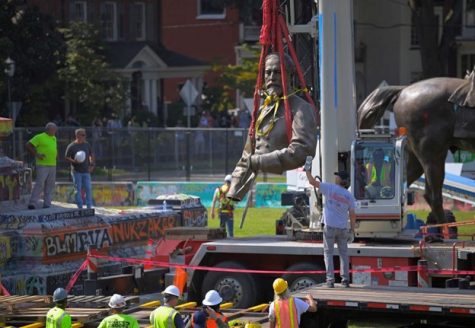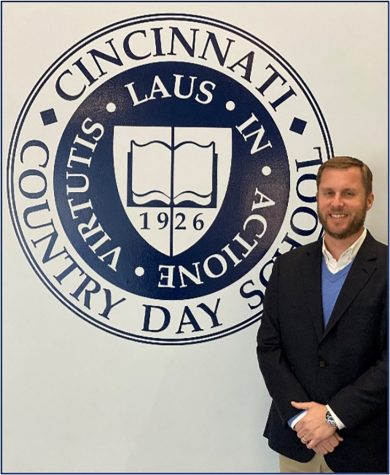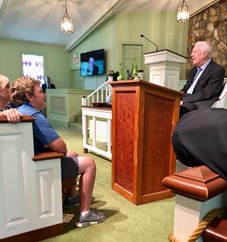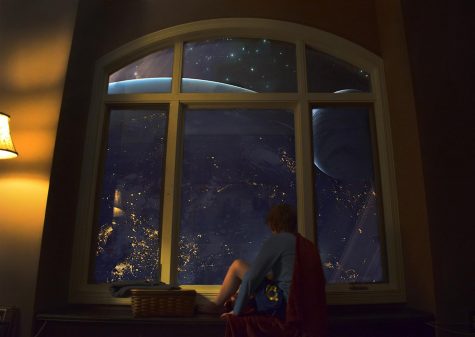Visit to The Nelson Mandela Exhibit at The Freedom Center
February 22, 2019
“Education is the most powerful weapon which you can use to change the world” – Nelson Mandela
Recently, friends and members of the History Club visited the various exhibits put together by photographer, Matthew Willman. Mr. Willman was commissioned by The Nelson Mandela Foundation during the last ten years of Mandela’s life. The Nelson Mandela exhibit at The Freedom Center was an insightful, thought-provoking visit for the History Club. The introduction video of him showed the childhood photos and place where Mandela was born and raised, and the simple life he led. As we explored the exhibit, we learned about the seven pillars of Apartheid, namely the Group Areas Act, Separate Education, Separate Amenities, African Homelands, Separate Voters Polls, Mixed Marriage Act, and the Immorality Act. The photos and Mandela’s quotes resonated a message of human created inequalities and his quest for justice and freedom. The center also showcased a rare display of the Prison Visitor’s Permit as Mandela’s visitations and contacts with the outside world were extremely limited. Mandela’s signed autobiography, Long Walk to Freedom, was one of the exhibit highlights.
Throughout our tour, we looked at various examples of courage, motivation, persistence and grit that Mandela exhibited in his actions and words. Eashwar Kantemneni ’20 commented that “It was a good experience for me, and I learned a lot about great men of the past. The visit made me appreciate figures such as Mandela and Gandhi who devoted their lives to making the world a better place by promoting equality for all.”
The simulated prison where Mandela spent 18 out of the 27 years gave us a vivid visual of an excerpt from his autobiography where he wrote that “When I lay down, I could feel the wall with my feet and my head grazed the concrete at the other side.”
Mandela and the other prisoners were completely isolated at Robben Island in South Africa, got little to eat and had to undertake the grueling work of pounding rocks into gravel. Although the conditions there were grueling, it did not deter the prisoners. In fact, Mandela felt that the adversity invigorated them. It was there, that the prisoners shared their knowledge, views and learnt from each other. The place was referred to as the Robben Island University. The exhibit concluded with a very powerful message and display of the Stones of Remembrance that are still present on Robben Island. Shortly after Mandela’s release from prison, he returned to Robben Island, standing in the lime quarry, picked up a chisel and hammer and started to break the rocks to symbolize the years of extreme hard labor he and his fellow prisoners endured to dismantle apartheid in South Africa. He held a rock from the quarry in his hand and made a statement that sent a message about forgiveness, forgetting the past and focusing on the present and the future. He emphasized that the atrocities of the past should never be repeated. To this day the pile of rocks stands as a reminder of Mandela’s unifying spirit and a symbol of the sacrifice.
Bryan Gan ’20 summarized his thoughts by saying “After visiting the Freedom Center and learning the life of the South African leader, I was inspired by Nelson Mandela’s achievements.” Many things that we may take for granted today have come with struggles and endurance that people went through in the past.
To view some photos and more information please visit:
https://www.facebook.com/nationalhistoryclub
https://www.facebook.com/CincinnatiCountryDaySchool
Sources and Credits
National Underground Railroad Freedom Center- www.freedomcenter.org
Nelson Mandela Foundation – nelsonmandela.org
Mathew Willman – smithsonianmag.com
Long Walk to Freedom













